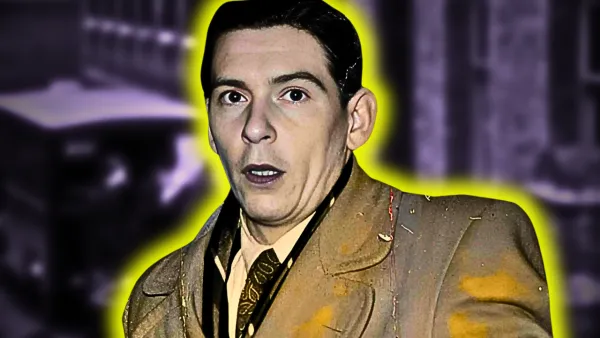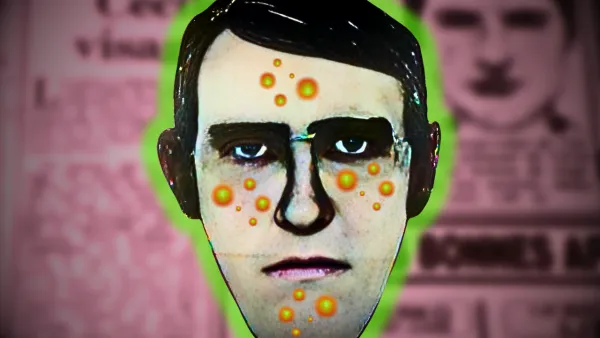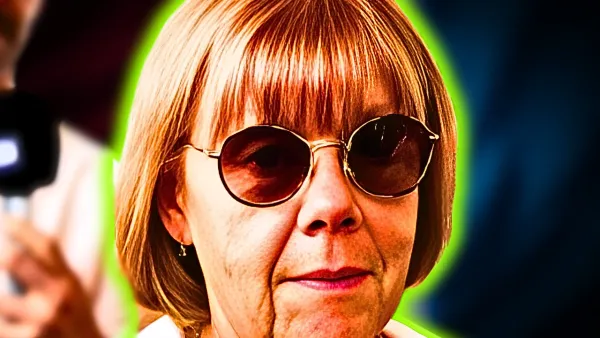The Mysterious Disappearance of Phillip Gall: Vampires, Cults, and Unanswered Questions in Dayton, Ohio
His disappearance would spark a decades-long mystery, filled with bizarre theories involving vampires, occult rituals, and serial killers.
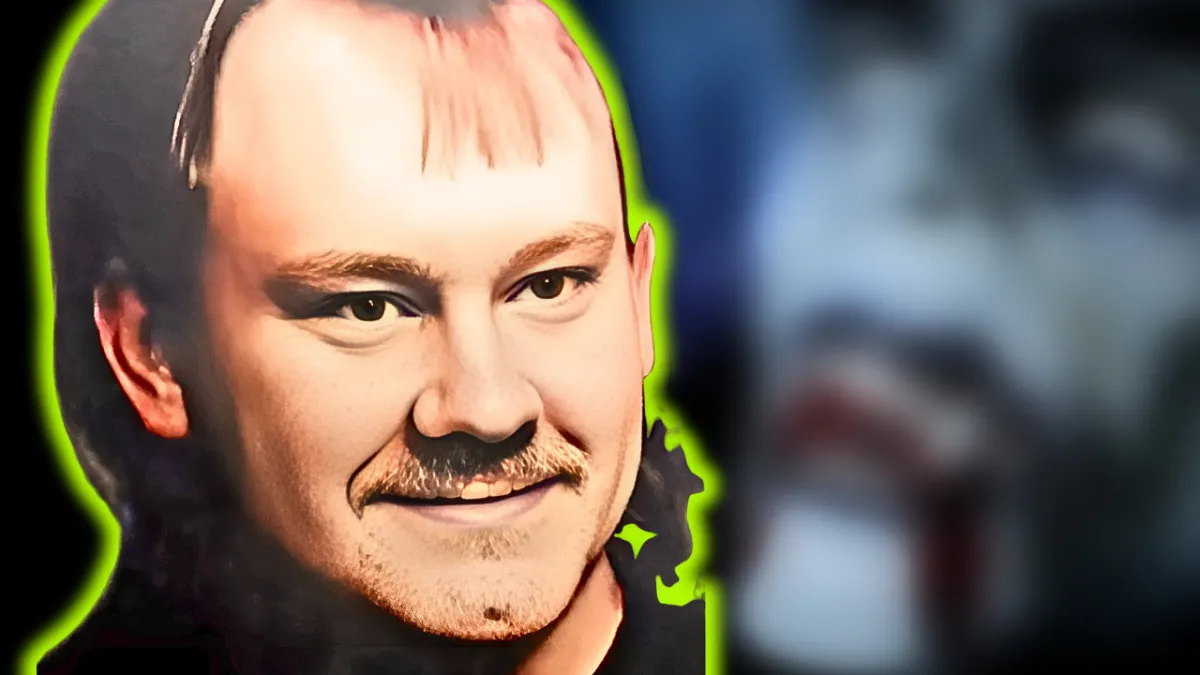
On the night of October 13, 1994, 26-year-old George Phillip Gall left his home in Dayton, Ohio, after an argument with his wife. He boarded a bus, intending to cool off at a local nightclub. Little did anyone know that this would be the last time Phillip Gall was ever seen alive.
Listen to this article
Recorded with Shure microphone.
A Night Out Gone Wrong

Phillip Gall was a young father, living with his wife and infant daughter in Dayton. On that fateful October night, he decided to take some time away from home after a heated argument. According to his wife, Helen Gall, Phillip boarded an RTA bus near Huffman Avenue and Seminary Avenue, heading towards downtown Dayton.
The bus driver later reported that Gall disembarked near a nightclub called "Asylum" on South Main Street. This gothic-themed establishment would become the focal point of the investigation and the source of many unsettling theories in the years to come.
David Williams, a retired Dayton police lieutenant who would later become deeply involved in the case, stated, "To this day we don't know what happened to Phil. His body is still missing."
“He said that he saw the head, transferred in the bar, for sale.” – Detective David Williams, 2008
The Investigation Hits a Dead End
Despite extensive searches and investigations, no trace of Phillip Gall was ever found. As days turned into weeks, and weeks into months, the case grew cold. The state of Ohio eventually declared Gall legally deceased, but his family never gave up hope of finding answers.
For years, the disappearance of Phillip Gall remained a haunting mystery in Dayton. However, in 2008, the case would take a shocking turn that would capture national attention and spark a media frenzy.
A Retired Detective's Shocking Claims

In 2008, David Williams, the retired police lieutenant who had been involved in the original investigation, came forward with startling new information. Williams, described as a "nationally recognized expert on the occult and gangs," claimed to have uncovered a dark and disturbing explanation for Gall's disappearance.
According to Williams, he had visited the Asylum nightclub undercover sometime after Gall's disappearance. During this visit, he allegedly received shocking information from a bartender about Gall's fate. Williams stated, "He (the bartender) said that he saw the head, transferred in the bar, for sale."
This macabre claim suggested that Gall had fallen victim to an occult ritual, allegedly beheaded, with his head sold as a relic to occultists. Williams further asserted that the nightclub attracted a "gothic, vampire-like" crowd, leading to speculation that Dayton was home to the "second-largest coven of vampires" in the United States.
Vampires in the Gem City?

Williams' allegations sent shockwaves through the community and ignited a media firestorm. The idea that Dayton, often referred to as the "Gem City," could be harboring a secret vampire coven seemed like something out of a horror movie. Yet, the credibility of Williams as a former law enforcement officer lent weight to these otherwise outlandish claims.
The vampire theory gained traction in some circles, fueled by the gothic subculture associated with the Asylum nightclub and the mysterious nature of Gall's disappearance. Some speculated that Gall had unknowingly stumbled into a dark underworld operating beneath Dayton's surface.
Dayton's Underground Secrets

Adding to the intrigue was the revelation of Dayton's extensive underground infrastructure. The city is home to an 800-mile-long storm and sewer system, described by some as "a city under a city". This vast network of tunnels has long been a source of urban legends and speculation.
One homeless individual, speaking anonymously, described the tunnels: "I've walked back in there a quarter of a mile. It gets really dark in there, you can't see, you fear for your life, you never know what might come up out of that tunnel."
Another homeless woman admitted to sleeping in the tunnels: "I sleep in there. I lay the cardboard down, build it like a house and sleep in it." She also claimed to have witnessed disturbing events, including rapes and drug abuse.
These accounts painted a picture of a dark, dangerous underworld beneath Dayton's streets, fueling speculation about what might have happened to Phillip Gall if he had somehow ended up in this subterranean maze.
Alternative Theories: The Smiley Face Killers
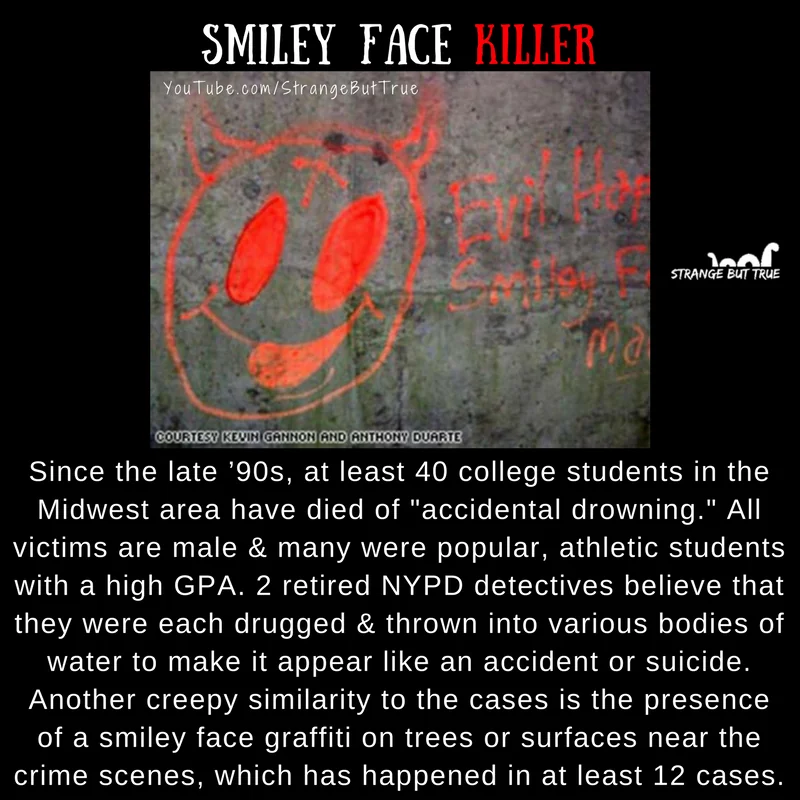
While the vampire theory captured headlines, it wasn't the only explanation put forward for Gall's disappearance. A group of retired detectives from New York City proposed that Gall might have been a victim of the so-called "Smiley Face Killers".
This theory stemmed from a series of drowning deaths of young men across several states, where graffiti of a smiley face was found near the locations where the bodies were discovered. The detectives claimed that a smiley face was found near Gall's last known location, potentially linking his case to this alleged serial killer group.
However, like the vampire theory, the Smiley Face Killers hypothesis remains controversial and unproven. Many law enforcement agencies have dismissed the idea of a coordinated group of killers, attributing the deaths to accidents or individual crimes.
The Impact on the Community
The disappearance of Phillip Gall and the subsequent theories about his fate had a profound impact on the Dayton community. The case highlighted the dark undercurrents that can exist in any city, challenging the perception of Dayton as a safe, midwestern town.
For Gall's family, the lack of closure has been a constant source of pain. His wife, Helen Gall, has continued to seek answers over the years. In a statement to local media, she expressed her ongoing anguish: "I need answers as to why they did this."
The Netflix Documentary That Never Was

The bizarre nature of the case and the vampire theories attracted the attention of Netflix, which began production on a documentary titled "Vampires of Gem City" in 2021. The project, directed by Joshua Rofé, aimed to explore Gall's disappearance and the subsequent claims about vampire covens in Dayton.
However, in a surprising turn of events, Netflix reportedly shelved the documentary in 2024. George's wife Helen Gall and his maternal uncle, Dan Phelan, told The Columbus Dispatch that producers had emailed them to say the documentary would not be going ahead.
Helen Gall expressed her disappointment, saying, "I was hoping they would air it so people know what has happened to my husband so we could get the word out there."
The cancellation of the documentary was a setback for those hoping to bring renewed attention to the case and potentially uncover new leads.
Unanswered Questions
Nearly three decades after Phillip Gall's disappearance, many questions remain unanswered. What really happened on that October night in 1994? Was Gall truly the victim of an occult ritual, as the vampire theory suggests? Or did he meet a more mundane, yet equally tragic fate?
The case of Phillip Gall serves as a reminder of the mysteries that can lurk beneath the surface of even the most ordinary-seeming communities. It highlights the pain of unresolved disappearances and the human tendency to seek explanations, no matter how outlandish, in the face of the unknown.
As David Williams, the retired detective who brought the vampire theory to light, stated, "His body is still missing." Until concrete evidence is found, the disappearance of Phillip Gall will continue to haunt Dayton, a chilling reminder of a night when a young man stepped off a bus and into oblivion.
The truth about what happened to Phillip Gall may never be known. But his story continues to captivate and disturb, a dark chapter in Dayton's history that remains unresolved. Whether it was vampires, serial killers, or something else entirely, the mystery of Phillip Gall's disappearance serves as a haunting reminder of the secrets that cities can hold and the lives that can vanish without a trace.




